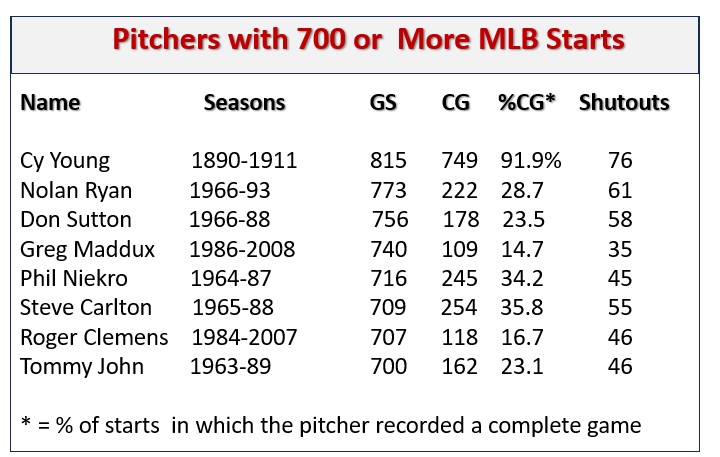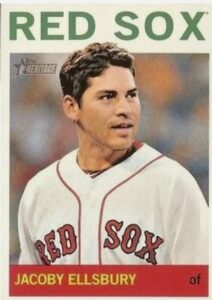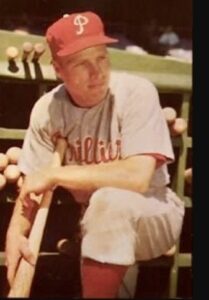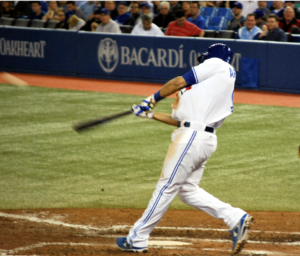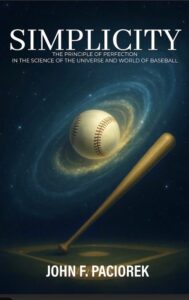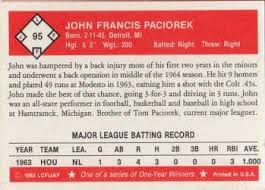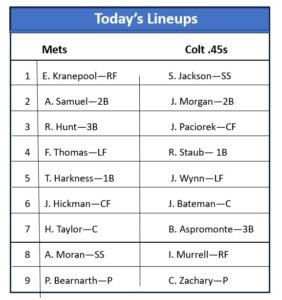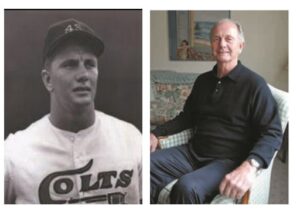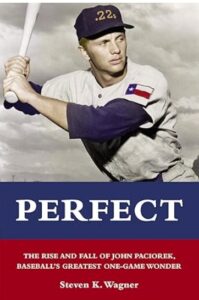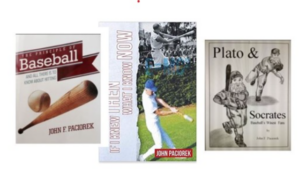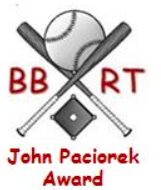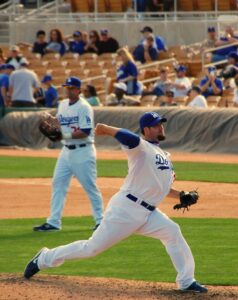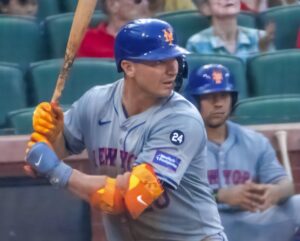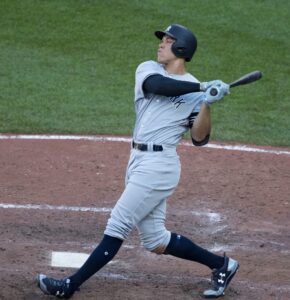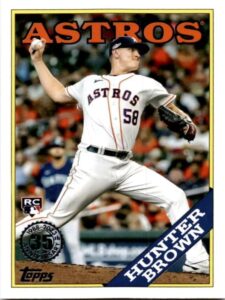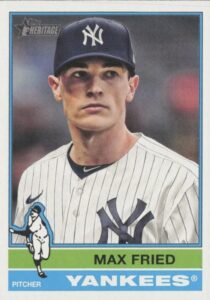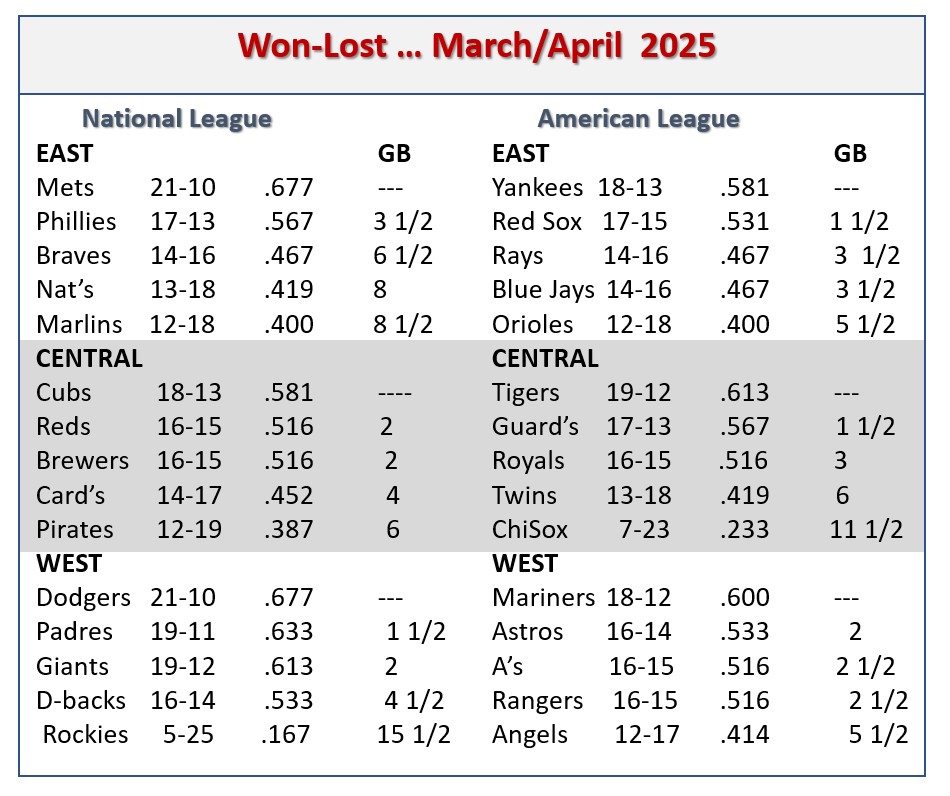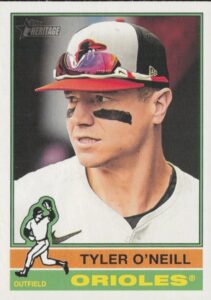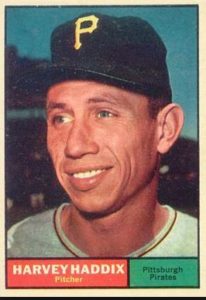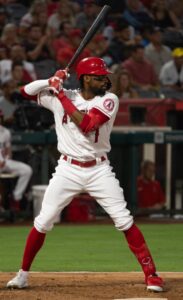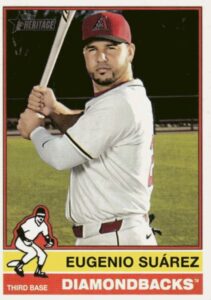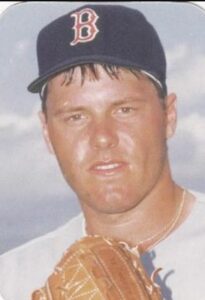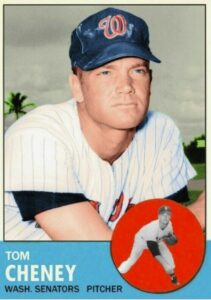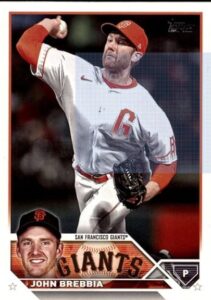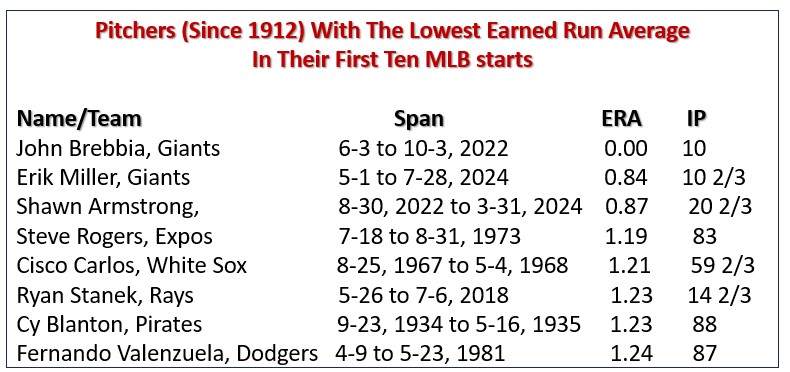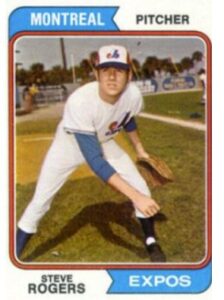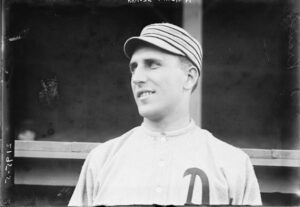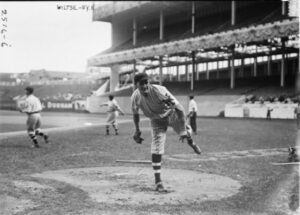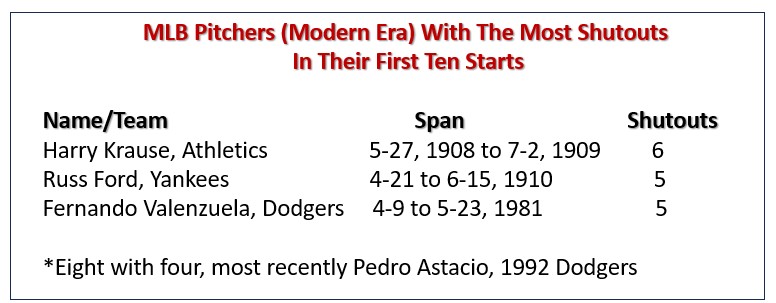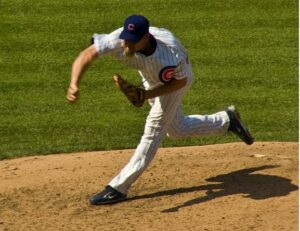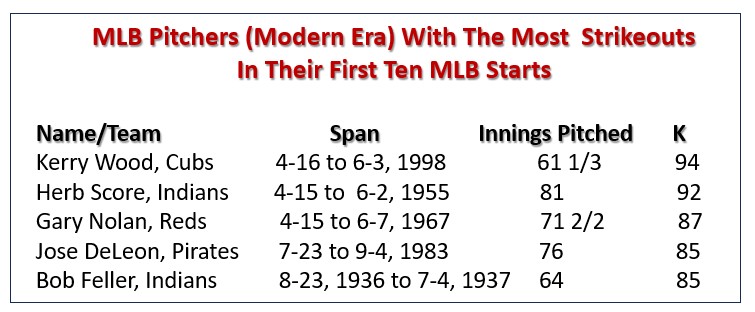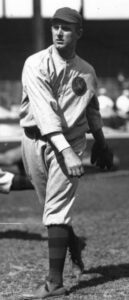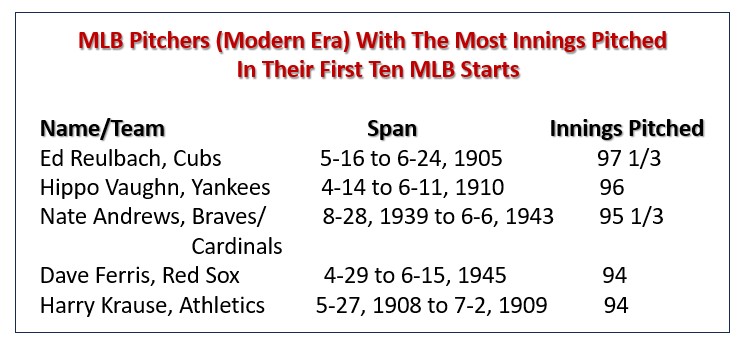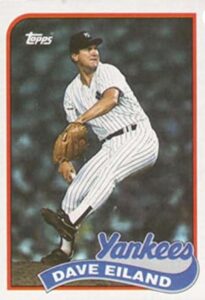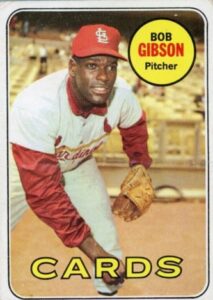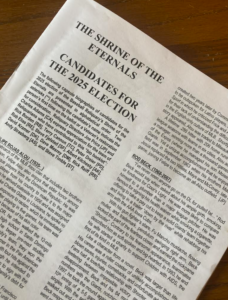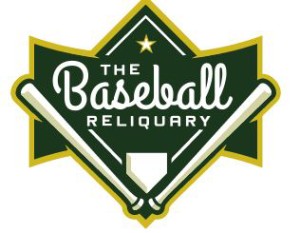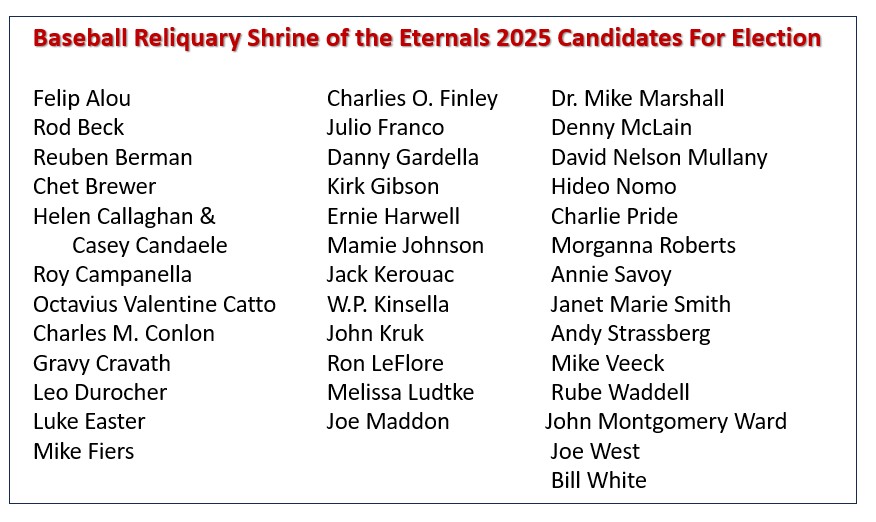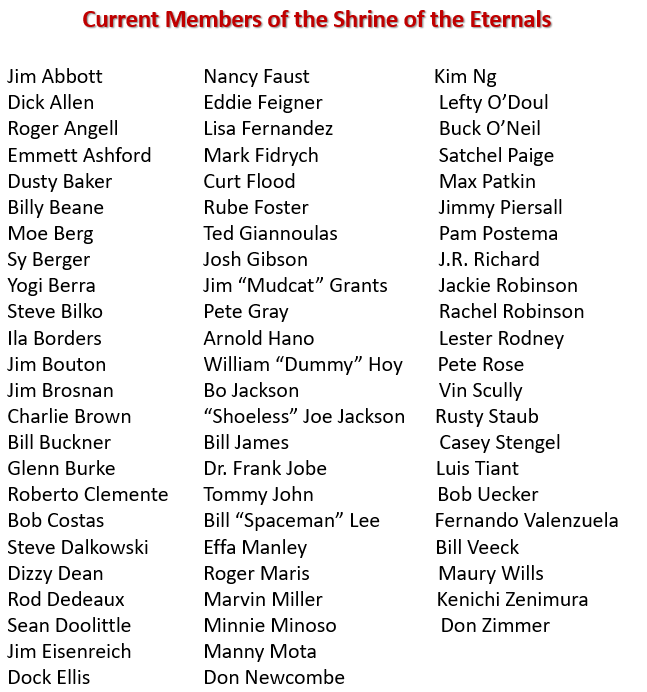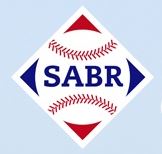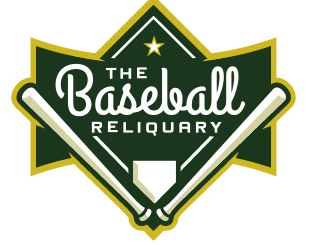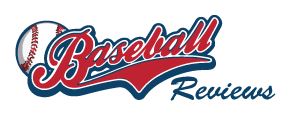Once again, it’s time for Trivia(l) Tidbit Tuesday. I hope you are enjoying this weekly presentation of baseball occurrences that for some reason caught The Roundtable’s eye. (I’m particularly fond of unexpected performances and statistical coincidences.) These won’t necessarily be momentous occurrences, just events, statistics or coincidences that grabbed my attention. I’m also drawn to baseball “unicorns,” those one-of-a-kind accomplishments or statistics. This week, we’re looking at pitchers who started at least 700 MLB games.
Eight hurlers have reached that lofty number of starts – led, of course, by Cy Young with 815 starts over 22 seasons. The others are Nolan Ryan, Don Sutton, Greg Maddux, Phil Niekro, Steve Carlton, Roger Clemens and Tommy John.
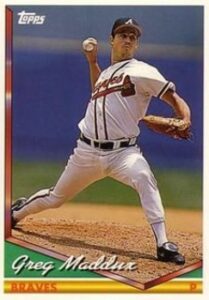 As, I looked over the stats for this “Great Eight,” I was surprised to find (as the chart shows) that among those on the list, Maddux threw the fewest complete games (109), had the lowest percentage of his starts result in a complete game (14.7%) and tossed the fewest shutouts (35). On the other side of the coin, of course the times and the game were different, Young threw the most complete games (740) among the pitchers on the list, completed the highest percentage of his starts (91.9%) and threw the most shutouts (76).
As, I looked over the stats for this “Great Eight,” I was surprised to find (as the chart shows) that among those on the list, Maddux threw the fewest complete games (109), had the lowest percentage of his starts result in a complete game (14.7%) and tossed the fewest shutouts (35). On the other side of the coin, of course the times and the game were different, Young threw the most complete games (740) among the pitchers on the list, completed the highest percentage of his starts (91.9%) and threw the most shutouts (76).
A few additional notes:
- Among the pitchers in the 700-start club, Roger Clemens came in out of the bullpen the fewest times (just two) and those relief stints were, in a way, career bookends. The first came in his rookie season (1984) – a two-inning, scoreless appearance in his 13th career MLB game. The second came in his final season (2007) – a one-inning scoreless appearance in his 695th career MLB game.
- Phil Niekro made the most relief appearances among pitchers with 700 MLB starts, coming out of the pen 148 times. (In his first three MLB seasons, Niekro made just one start in 79 appearances.)
- Tommy John and Steve Carlton pitched for the most teams during their quest for 700 MLB starts – six each. None of the hurlers on the list pitched for fewer than four teams.
Bonus Tidbit.
The pitcher with the most career starts without ever pitching in relief is Tom Glavine, who started 682 games over 22 MLB seasons (1987-2008… Braves, Mets). He went 305-203, 3.54, with 56 complete games and 25 shutouts.
Primary Resource: Stathead.com
Baseball Roundtable – Blogging Baseball Since 2012.
Baseball Roundtable is on the Feedspot list of the Top 100 Baseball Blogs. For the full list click here.
I tweet (on X) baseball @DavidBaseballRT
Follow Baseball Roundtable’s Facebook Page here. More baseball commentary; blog post notifications; PRIZES.
Member: Society for American Baseball Research (SABR); Negro Leagues Baseball Museum; The Baseball Reliquary.
P 1117
